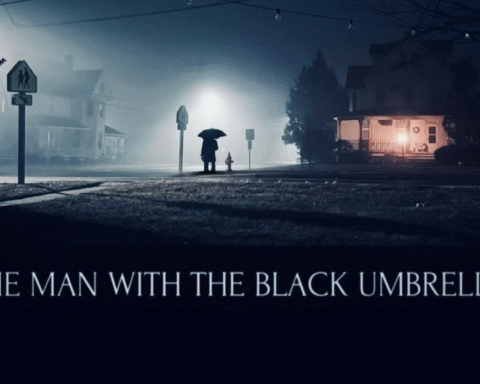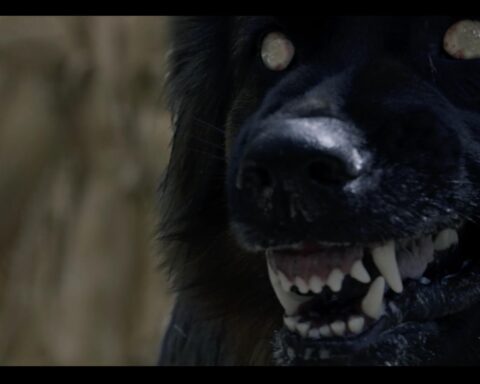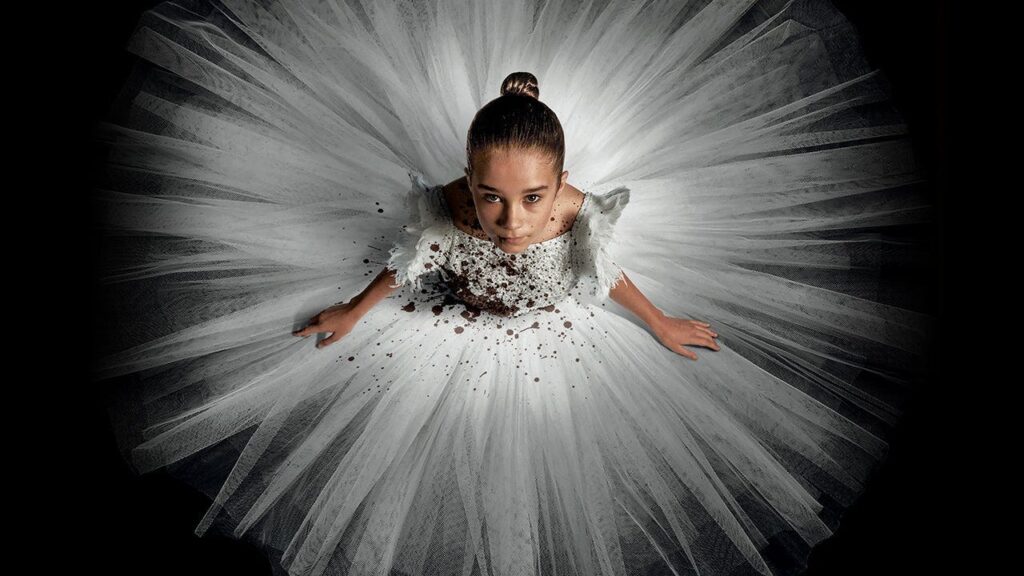‘Thoroughbreds,’ directed by Cory Finley in 2017, is a captivating film that masterfully intertwines elements of dark humor, psychological thriller, and drama. The narrative centers on two teenage girls, Lily (Anya Taylor-Joy) and Amanda (Olivia Cooke), whose intricate and turbulent friendship sets the stage for the film’s unfolding events.
At the heart of ‘Thoroughbreds’ is a chilling plot that revolves around a murder plan. Lily is portrayed as a polished and seemingly perfect student hailing from a wealthy background, while Amanda is a perceptive and emotionally detached girl with a troubled past. Both characters, though starkly different, find common ground in their shared ennui and disillusionment with their suburban existence. This connection evolves into a deadly alliance as they hatch a plan to eliminate Lily’s oppressive stepfather, Mark. Their partnership reflects a disturbing exploration of morality, emotional detachment, and the lengths to which individuals will go to reclaim control over their lives.
The film’s unique blend of genres allows it to delve deep into the twisted psyche of its protagonists. Through clever dialogue and intense performances, ‘Thoroughbreds’ offers a chilling yet darkly humorous examination of youthful nihilism and the latent darkness within. The characters’ nuanced dynamics and the slow-building tension contribute to an atmosphere that keeps the audience on edge from beginning to end. By juxtaposing the veneer of suburban normalcy with the underlying horror of the murder plot, Finley crafts a narrative that is as compelling as it is disturbing.
This introduction sets the stage for a detailed analysis of ‘Thoroughbreds,’ preparing the reader for a deeper exploration of the film’s thematic and stylistic elements. The movie’s gripping narrative is sure to intrigue viewers who appreciate a finely tuned blend of dark humor and psychological complexity.
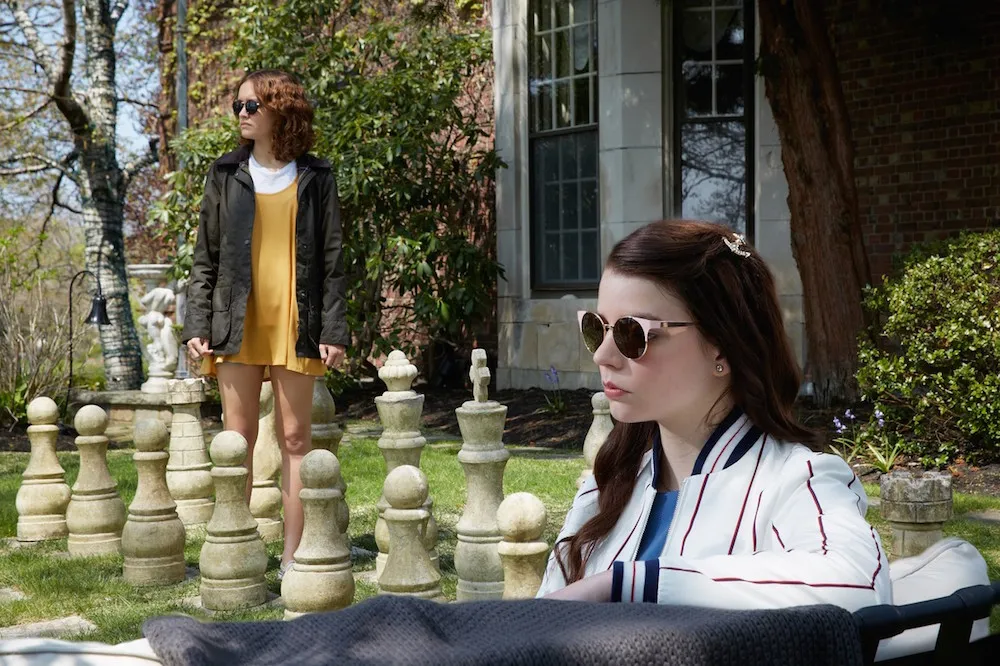
Character Dynamics and Psychological Complexity
In the film “Thoroughbreds,” the character dynamics between the two protagonists, Lily and Amanda, serve as the cornerstone of the narrative. Their relationship is marked by a stark contrast between Lily’s apparently flawless exterior and Amanda’s chilling emotional detachment. This dichotomy not only propels the story forward but also adds layers of complexity to each character, creating a compelling and unpredictable dynamic.
Lily, portrayed as a picture-perfect teenager, maintains a facade of propriety and success. Yet, this veneer gradually crumbles under the influence of Amanda, a character who embodies a profound lack of emotion and moral disengagement. Amanda’s unsettling indifference to societal norms and human emotion becomes a catalyst, drawing out the hidden, darker facets of Lily’s character. This interaction is particularly fascinating and deeply unsettling, as it exposes the fragile nature of human morality under duress.
As Amanda pushes Lily’s boundaries, we witness an intricate psychological dance. Amanda’s psychological complexity lies in her ability to dissect and manipulate emotions despite her own apparent lack of them. Through their evolving relationship, the film delves into themes of moral ambiguity and the latent capacity for malice in individuals. Amanda’s influence gradually erodes Lily’s ethical constraints, leading her into morally grey territories.
The psychological journey of these characters is meticulously crafted, with subtle cues and interactions that signify their changing dynamics. Amanda’s presence acts as a mirror, reflecting back at Lily the suppressed desires and instincts she cannot publicly acknowledge. This symbiotic relationship, where both characters feed off each other’s flaws and strengths, creates a pervasive sense of unease throughout the movie.
Ultimately, the interplay between Lily’s deceptive perfection and Amanda’s clinical detachment not only drives the plot but also enriches the thematic depth of “Thoroughbreds.” It highlights the inherent duality within human nature, making the audience ponder the thin line that separates normalcy from deviance. This complex portrayal of character dynamics and psychological undercurrents is integral to the unsettling atmosphere and moral ambiguity that defines the film.

Visual and Directorial Style: Crafting the Creeping Dread
Cory Finley’s directorial prowess in ‘Thoroughbreds’ is evident through his calculated use of visual and auditory elements to construct an atmosphere of creeping dread. His choices in cinematography are particularly noteworthy, employing static, meticulously framed shots that imbue a sense of confinement and underlying tension. Each scene is a canvas, deliberate in its minimalism, allowing the viewer to feel the claustrophobic undertones that mirror the internal turmoil of the characters.
Finley’s restrained approach to music and sound design is equally pivotal. Rather than inundating the narrative with an overpowering score, he opts for a minimalist but incisive use of sound. This strategic decision serves to accentuate critical moments, ensuring that each sound, whether it be a quiet footstep or an unsettling silence, resonates deeply and heightens the psychological tension. The absence of a constant background score allows the natural sounds of the environment to seep in, creating an eerie realism that lingers with the audience.
A prime example of Finley’s mastery in visual storytelling is the planning and execution of the scheme by the protagonists. Through carefully orchestrated visual sequences, the psychological complexity and dark undercurrents of their intentions are laid bare. The camera often lingers on their expressions, capturing the subtle shifts in their demeanor that betray their internal conflicts and scheming nature. The use of long, unbroken shots adds to the suspense, as viewers are given no respite, forced to confront the creeping tension head-on.
Furthermore, the film’s subdued color palette and the considered interplay of light and shadow contribute significantly to the unsettling ambiance. The visual sparseness in many scenes accentuates the characters’ isolated emotions and the barrenness of their morality. This stark aesthetic, combined with the precision of framing and the judicious use of sound, creates a filmic experience that is both haunting and subtly sinister, encapsulating the twisted depths of ‘Thoroughbreds’ with remarkable efficacy.
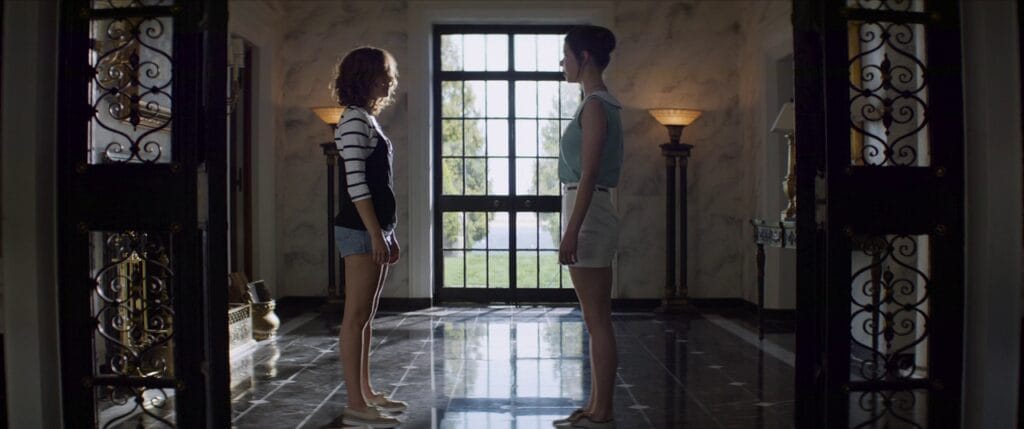
Themes of Morality, Manipulation, and Consequence
‘Thoroughbreds’, a gripping exploration of moral ambivalence, delves into the shadowy terrain where definitions of right and wrong blur into indistinction. The film’s primary themes—morality, manipulation, and the cascading consequences of emotional detachment—frame its narrative, compelling viewers to scrutinize the fluidity of ethical boundaries. Central to the story are its two protagonists, whose actions and motivations serve as emblematic of the movie’s thematic core.
In ‘Thoroughbreds’, morality is an elusive concept, embodied in characters who navigate a world devoid of clear ethical lines. The protagonists, Amanda and Lily, exemplify this moral ambiguity. Amanda, who claims to feel no emotions, contrasts sharply with Lily, whose seemingly genteel demeanor belies a capacity for ruthlessness. Their interactions provoke a confrontation with conventional notions of good and evil, challenging the audience to identify where moral culpability lies. Is Amanda’s detachment inherently malevolent, or is it Lily’s ability to mask her intentions behind a facade of normalcy that proves more sinister?
Manipulation stands as another pivotal theme within ‘Thoroughbreds’. The characters engage in a cerebral dance of deceit and coercion, manipulating each other and those around them with disturbing ease. The film scrutinizes the latent potential for manipulation that resides in all relationships, emphasizing how proximity and familiarity render individuals susceptible to exploitation. This manipulation is not only a device for plot progression but also a profound commentary on human interactions in a world where surfaces can be deceiving.
The consequences of the protagonists’ detached machinations underscore the film’s narrative and thematic progression. As their plans unfold, the repercussions of their actions unravel in a manner that extends beyond immediate consequences, prompting a deeper contemplation of justice and retribution. The film’s denouement leaves viewers grappling with the unsettling recognition that traditional notions of justice may be inadequate in addressing the complexities presented by morally ambiguous characters. By the conclusion, ‘Thoroughbreds’ has artfully dismantled any simplistic readings of morality, urging its audience to rethink their assumptions about ethical certainty in a world rife with obfuscation.

